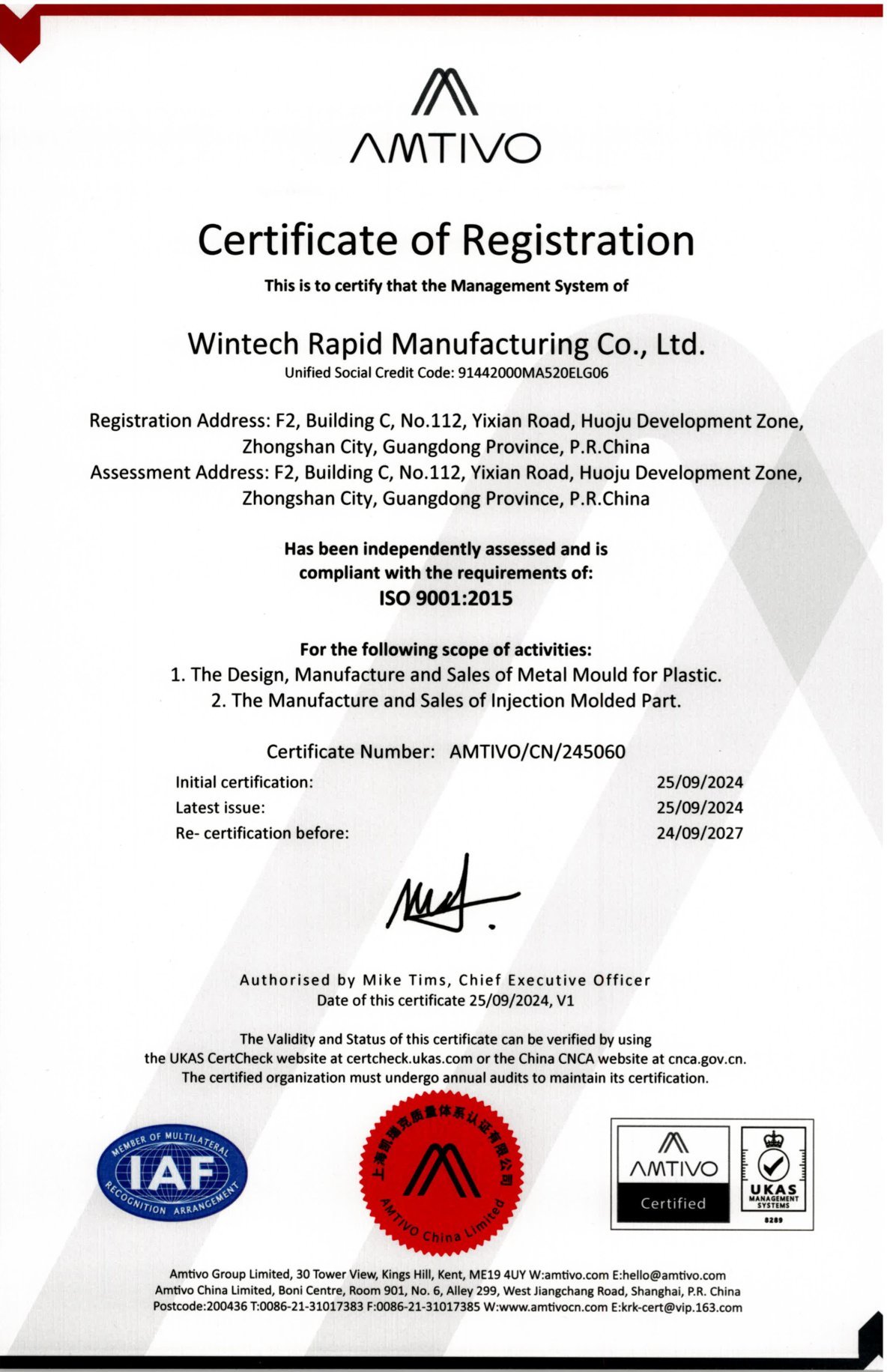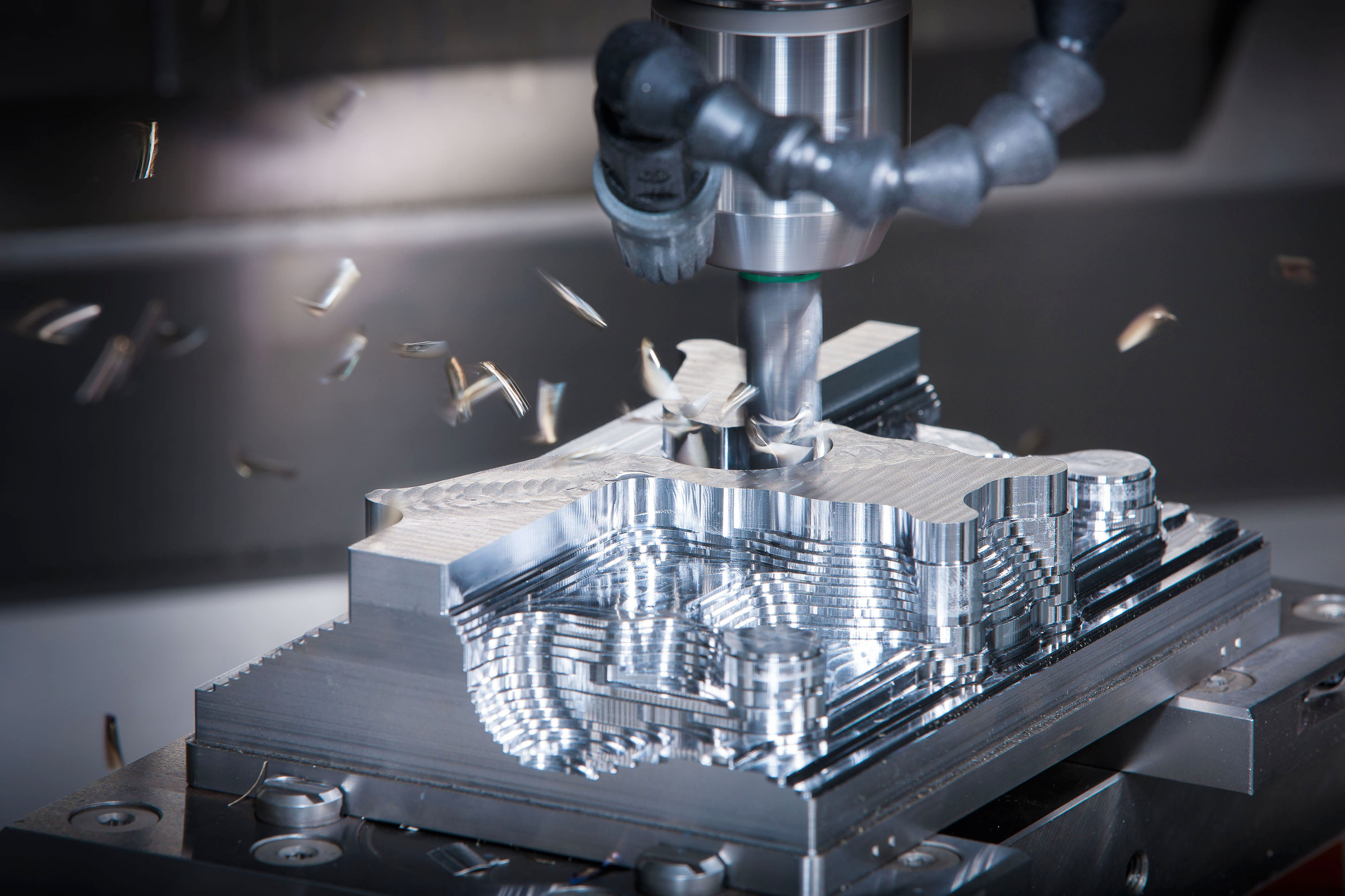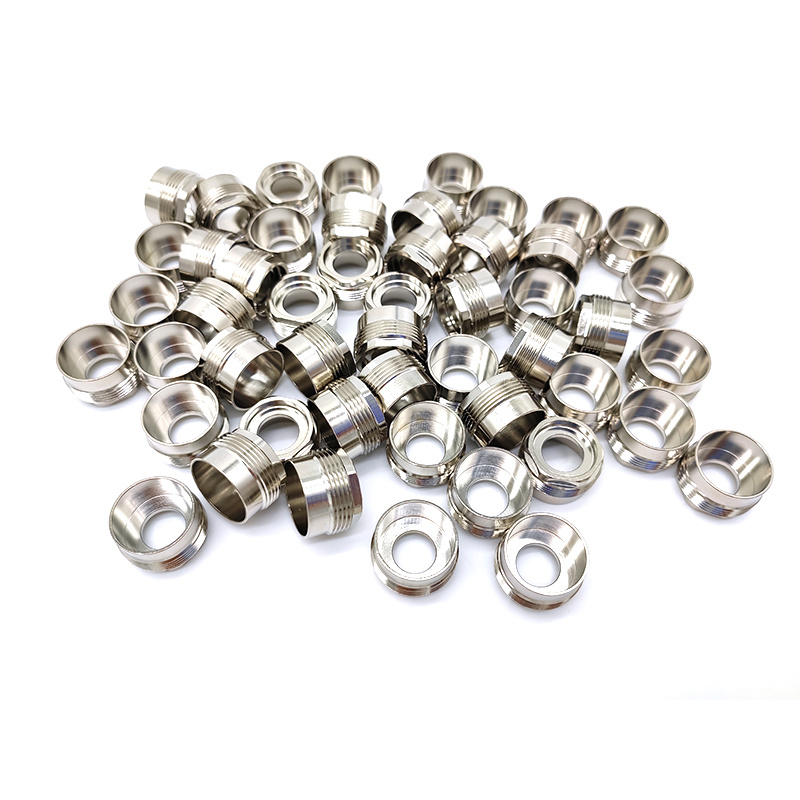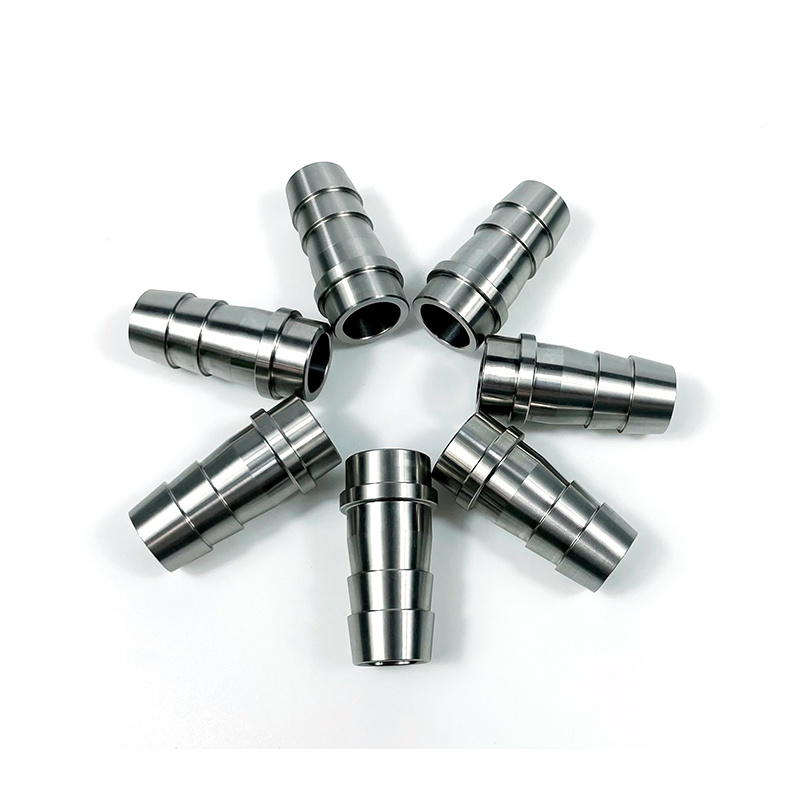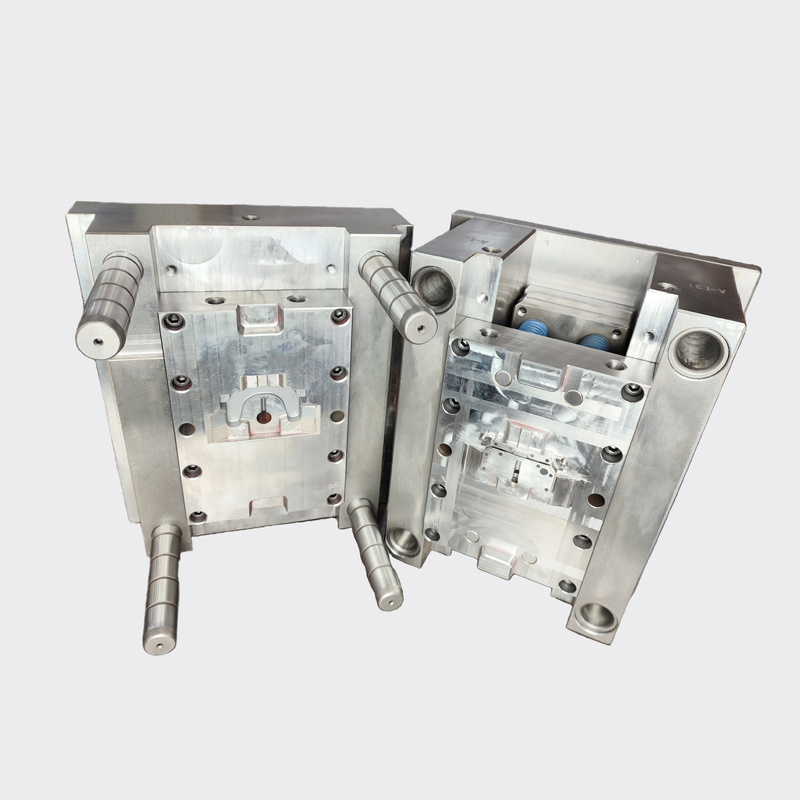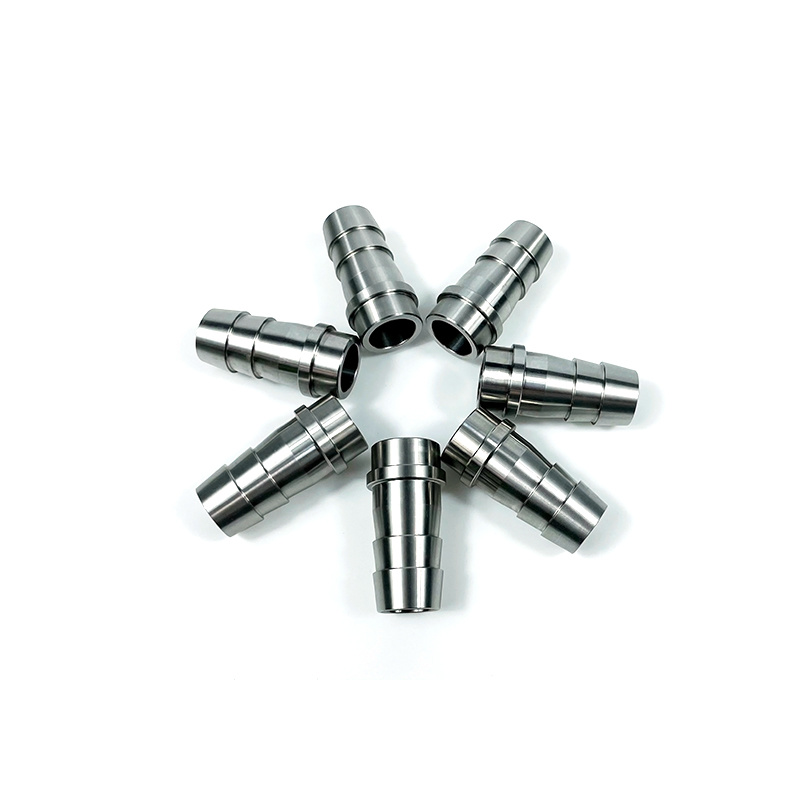Knowledge of the physical properties of forging die materials
Time:
2023-11-16 09:55
Source:
It has good matching of mechanical properties such as tensile strength, yield strength, section shrinkage, elongation, impact toughness and hardness in the range of mold use temperature (room temperature to maximum working temperature).
1) Tensile strength and yield strength
Different types of molds focus on the specific indicators of mechanical properties required by forging die materials, and at the same time, the mechanical properties of room temperature should not only be considered and the more important performance indicators of actual working temperature should not be ignored. We must not pursue high all-round indicators that are blindly divorced from reality. For example, when the stress of the die exceeds the tensile strength of the forging die material at the service temperature, it will lead to cracking and scrapping of the die when the stress of the die is extremely high in cold forging and deformation resistance; If the stress on the die exceeds the yield strength of the forging die material at the service temperature, it will cause permanent deformation such as die collapse and cause the forging to be out of tolerance. Under such conditions, it is necessary to choose forging die materials with high tensile strength and yield strength, generally, the tensile strength of forging die materials should be greater than 30% of the stress that should be beared.
2) Impact toughness, cross-sectional shrinkage and elongation
Because the selection of the impact toughness index of the forging die material is closely related to the nature of the forging load, therefore, for the die used in the impact load equipment such as forging hammer and screw press, if the impact toughness of the forging die material is low, The mold may crack and be scrapped; Under such conditions, it is necessary to choose a forging die material with high impact toughness.
For forging die materials with high section shrinkage and elongation, they can continue to be used in the case of small cracks without breaking quickly, so that the section shrinkage and elongation can be increased as much as possible under the conditions of tensile strength, yield strength and hardness indexes.
3) Hardness: In view of the fact that the hardness is not only correlated with the strength index, but also closely related to the wear resistance of the mold, the hardness
(or wear resistance) should be improved as much as possible under the conditions of impact toughness, section shrinkage and elongation. The hardness and red hardness of the forging die are important properties of the forging die material, and the mold should be able to keep its shape and size unchanged when working at high temperatures.
As we all know, there is a contradictory relationship between the tensile strength, yield strength, hardness and section shrinkage, elongation and impact toughness of the same forging die material.
It must be pointed out that the hardness of the material can not only reflect the strength level to a certain extent, but also the hardness and wear resistance have a sweet kind correspondence, generally high hardness materials, its wear resistance is also good, therefore, many forging die materials usually simply specify the hardness requirements.
2. Fatigue performance
The fatigue properties of forging die materials include mechanical fatigue and cold and hot fatigue. The hot work mold is cyclically cycled in the temperature range of high mechanical load to zero mechanical load and 200°C~600°C for a long time, and the superposition of stress caused by the loading and unloading of these two pulses will cause microcracks on the surface of the mold chamber over time; The further development of microcracks will accelerate the wear of the mold and produce fragments, resulting in the failure of the mold, so it is required that the forging die material should have good resistance to mechanical fatigue and cold and heat fatigue.
Previous Page
Previous Page
Related news
2024-11-15



